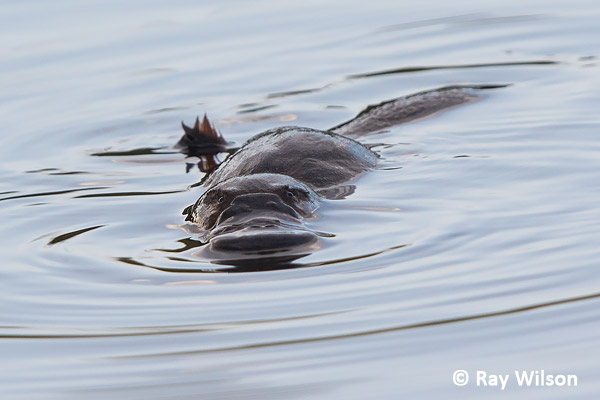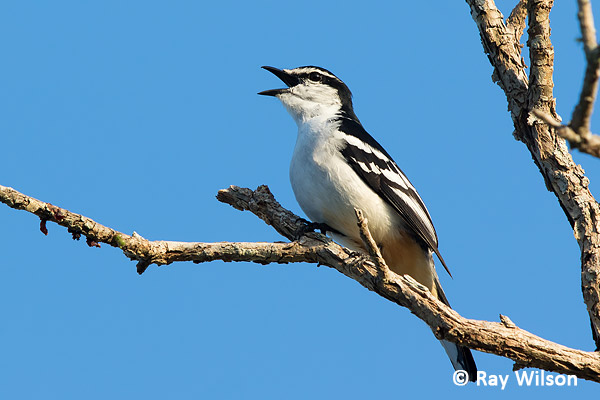
- Home
- Photography Tours
- Diary / Blog
- Galleries
- Foreign Trips
- Tasmania 2016
- NE Queensland 2016
- Western Alps 2016
- NE Spain 2016
- Australia's Wet Tropics 2015
- Australia's Top End 2015
- SW Australia 2015
- Switzerland 2015
- Andalucia 2015
- Belize 2015
- Australia 2014
- Switzerland 2014
- Belize 2014
- Bahama Islands 2014
- Switzerland 2013
- Ecuador 2012-2013
- Florida 2011-2012
- Vancouver Island 2011
- Australia 2010
- Peru 2008
- Bulgaria 2007
- Lesvos 2006
- California 2006
- New Zealand 2005
- Extremadura 2005
- Goa, India 2004
- The Gambia 2003
- About
September 2016
Atherton Tablelands, QLD, Australia
Part 4
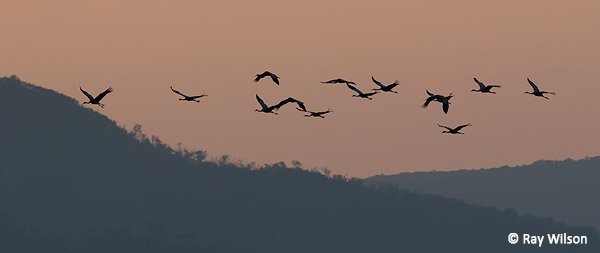
Brolgas (Grus rubicunda) flying to roost at sunset
In September, Brolgas made up the majority of the cranes coming to roost at Bromfield Swamp with only a few Sarus Cranes mixed in amongst them. A situation that was reversed in October...
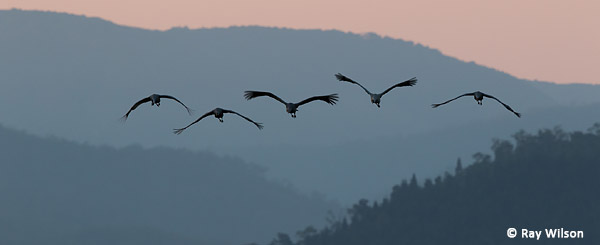
Brolgas (Grus rubicunda) flying to roost at sunset
Cranes seemed to be a lot harder to find this year, with very few feeding in fields or paddocks close to any public roads, so photographing them coming in to roost was just about the only option available.
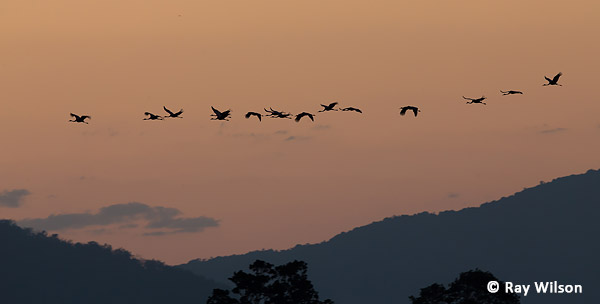
Brolgas (Grus rubicunda) flying to roost at sunset
After sunset, Barn Owls can usually be found by slowly cruising the back roads in farmland areas.
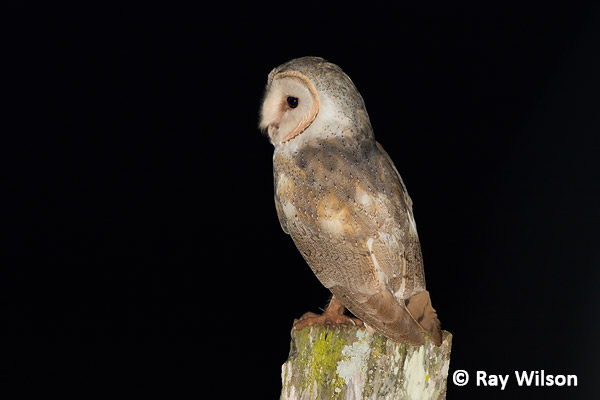
Eastern Barn Owl (Tyto alba delicatula)
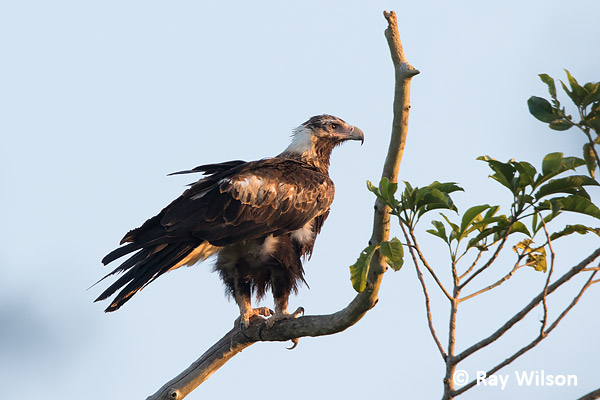
immature Wedge-tailed Eagle (Aquila audax)
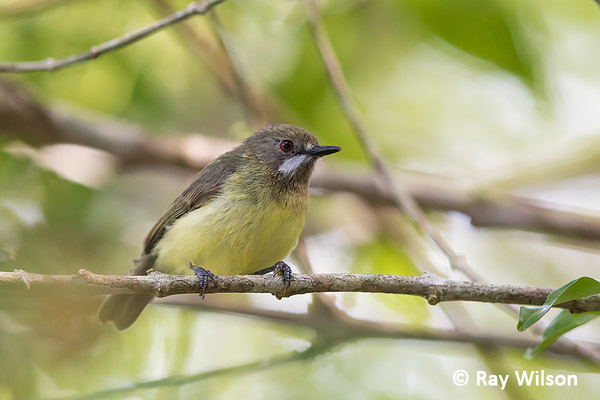
Fairy Gerygone (Gerygone palpebrosa)
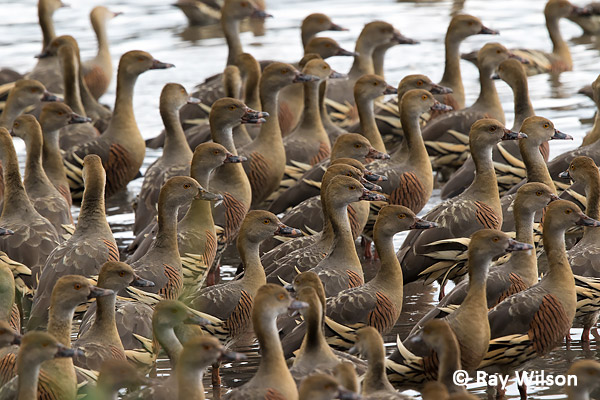
Plumed Whistling-duck (Dendrocygna eytoni)
The water levels were already very low at Hasties Swamp so wildfowl diversity was practically non-existant, with nothing but a couple of thousand Plumed Whistling-ducks present.
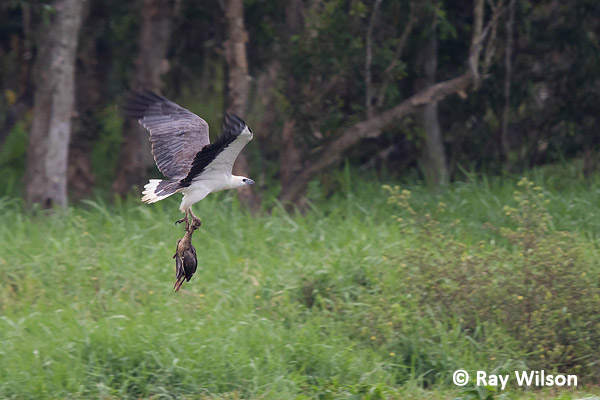
White-bellied Sea Eagle (Haliaeetus leucogaster) carrying a dead Plumed Whistling-duck (Dendrocygna eytoni)
The high concentration of Whistling-ducks in the shallow water didn't create a very healthy environment and there were numerous sick and dying ducks dotted around the swamp, making easy pickings for the resident White-bellied Sea Eagles and Whistling Kites.
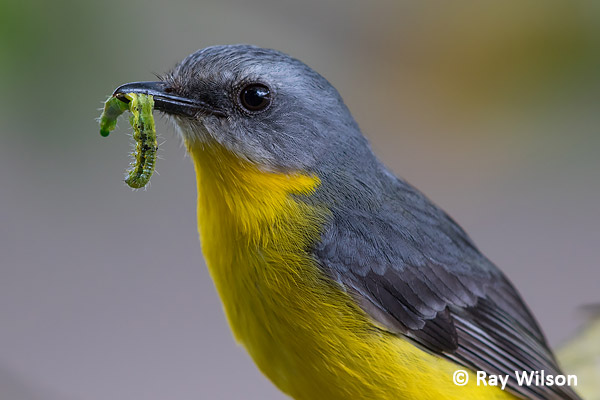
Eastern Yellow Robin (Eopsaltria australis)
Duck-billed Platypus (Ornithorhynchus anatinus)
Platypus are common on the Tablelands and there are numerous places where they can regularly be viewed at any time of the day.
Varied Triller (Lalage leucomela)
The tiny Yellow-bellied Sunbird, the only member of the sunbird family that occurs in Australia, builds an elaborate pendulous nest of plant fibres and grasses all bound together by using spider webs as glue.
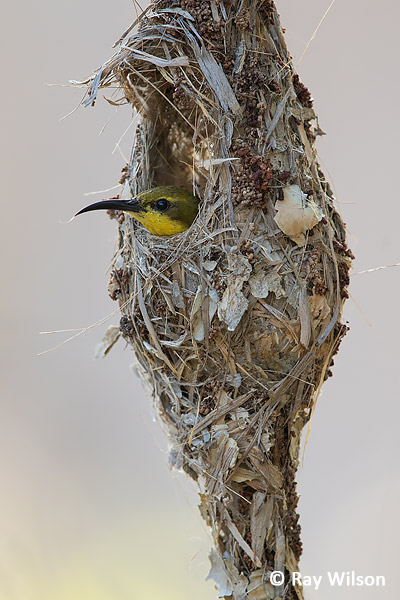 |
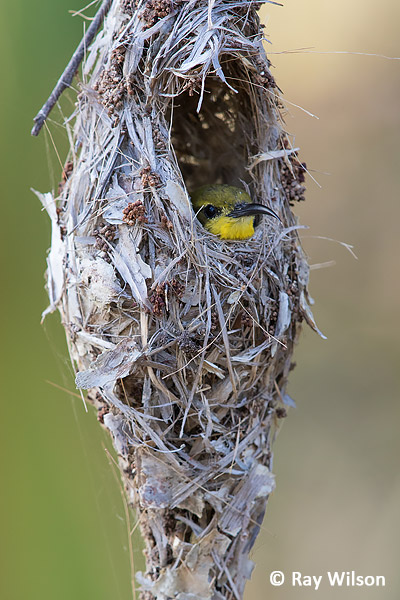 |
Yellow-bellied Sunbird (Cinnyris jugularis)
One of my favourite lizards, the Boyd's Forest Dragon, seemed to be a bit harder to find this year, but I did manage to spot a couple of them towards the end of the month.
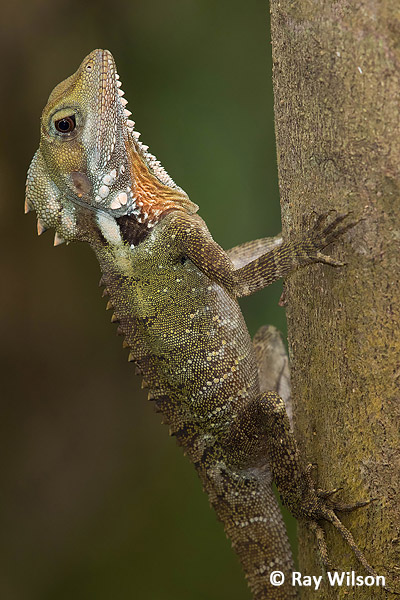
Boyd's Forest Dragon (Hypsilurus boydii) |
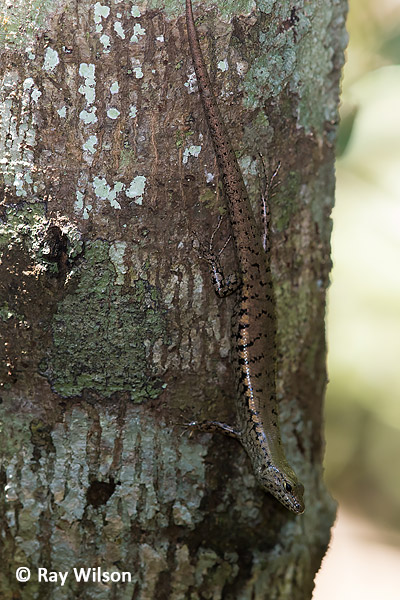
Yellow-blotched Forest-skink (Eulamprus tigrinus) |
Another lizard endemic to the Wet Tropics of northern Queensland is the rare Eulamprus tigrinus which can occasionally be seen basking on tree trunks or buttress roots in the rainforests.
Ray Wilson owns the copyright of all images on this site.
They may not be used or copied in any form without prior written permission.
raywilsonphotography@googlemail.com
